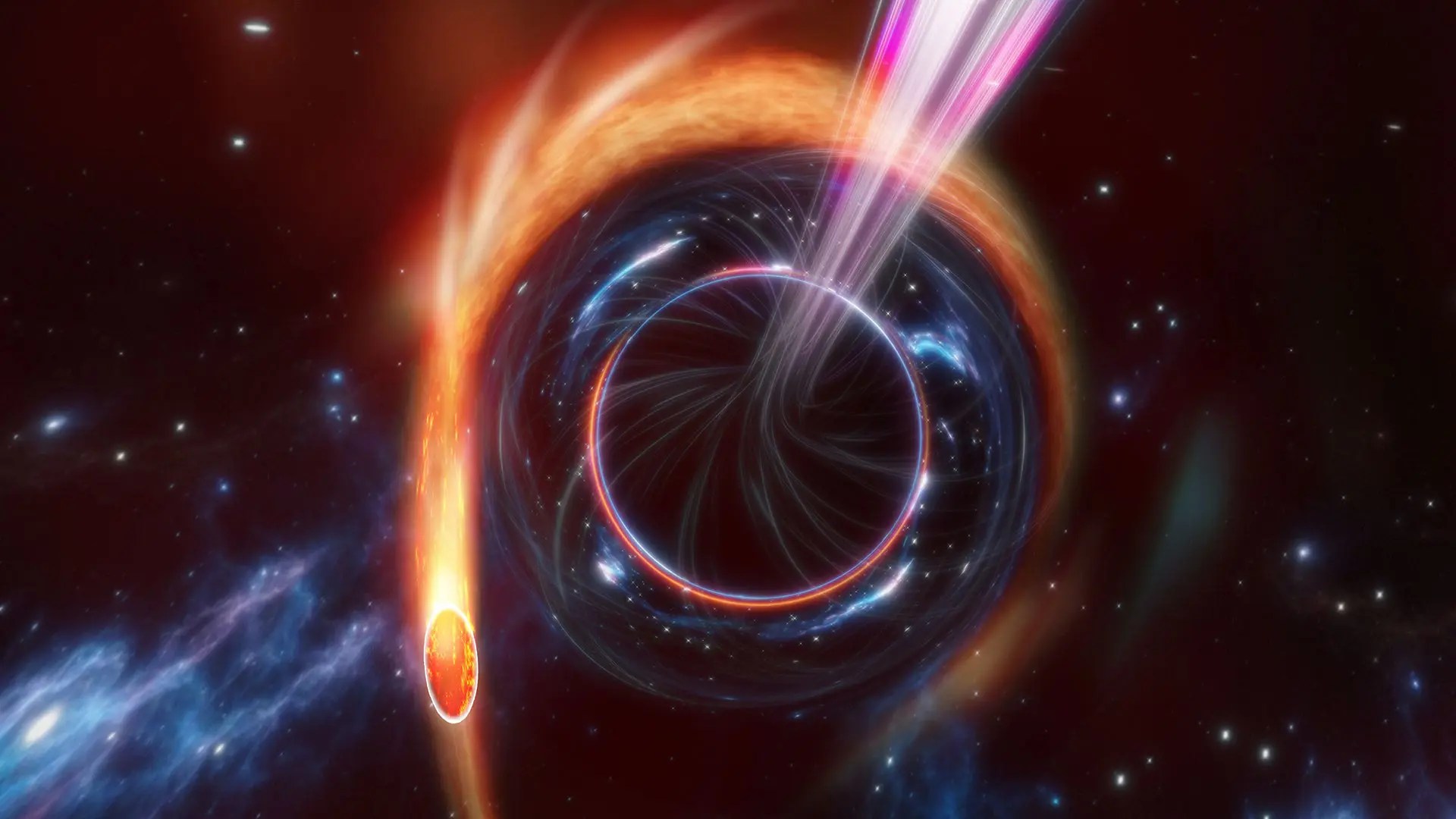Farewell, Lonesome George

Forgive me, but this is not a post about neuroscience. Rather, this is a post about conservation and loss.
Today, the Charles Darwin Research Station in the Galapagos Islands confirmed that Lonesome George, the last living Chelonoidis nigra abingdoni, a subspecies of land tortoise, passed away. He was estimated to be about 100 years old.
To many, Lonesome George was simply a creature that graced postcards from the Galapagos. A weird, E.T.-esque face to accompany scenes of sun and sand–and all those sentiments of “Wish you were here.” But for scientists, he was a beacon of hope, and a true symbol of conservation and evolutionary biology.
Scientists back in the 1970’s thought that Chelonoidis nigra abingdoni was already long gone. They were surprised when they found George wandering on the small island of Pinta, all by his lonesome–hence, the name. In the decades since, they’ve tried, in vain, to find a female of the same subspecies for him. Their efforts, it probably goes without saying, were unsuccessful.
Still, they tried to continue George’s ancestral line, even if they couldn’t guarantee his subspecies. They penned him with two females, genetically similar enough they hoped, and waited to see what might happen. They celebrated when eggs were produced–but alas, none of them hatched. George, it seemed, was destined to remain the rarest creature on the planet, despite the Research Station’s best efforts.
Last year, my son and I traveled to the Galapagos Islands. It was a dream trip for me–and part of that yearning had to do with my hankering to meet George and learn more about him.
When the time finally came, truth be told, I felt a bit like a member of the paparazzi stalking a celebrity. Climbing on top a wooden bridge, my son and I saw George lazing in a small, concrete pool. He paid no attention to the throngs of people watching him, snapping photos and trying to get his attention. He moved lazily in the water and only raised his head into a picture-worthy pose once. I was lucky enough to catch him then.
Over the course of the day, I heard more than person remark that day that they thought his predicament was sad–who wants to live 100 years with no family, no children, not one single member of your own kind around?
Yet watching him for those few moments, oblivious to his fans, and learning more about how the Research Station is working to reverse the near extinction of tortoises will remain a great memory. And it’s my hope that those experiences will help foster my son’s interest in science and conservation.
When we talk about evolution–even in the context of genes and brains–we owe a nod of thanks to the Galapagos and animals like Lonesome George. They inspired Charles Darwin and laid the foundation for the way we think, talk and pursue science today. He may have been a symbol, but he was an important one.
So, Lonesome George, you will be missed.
Credit: Kayt Sukel





